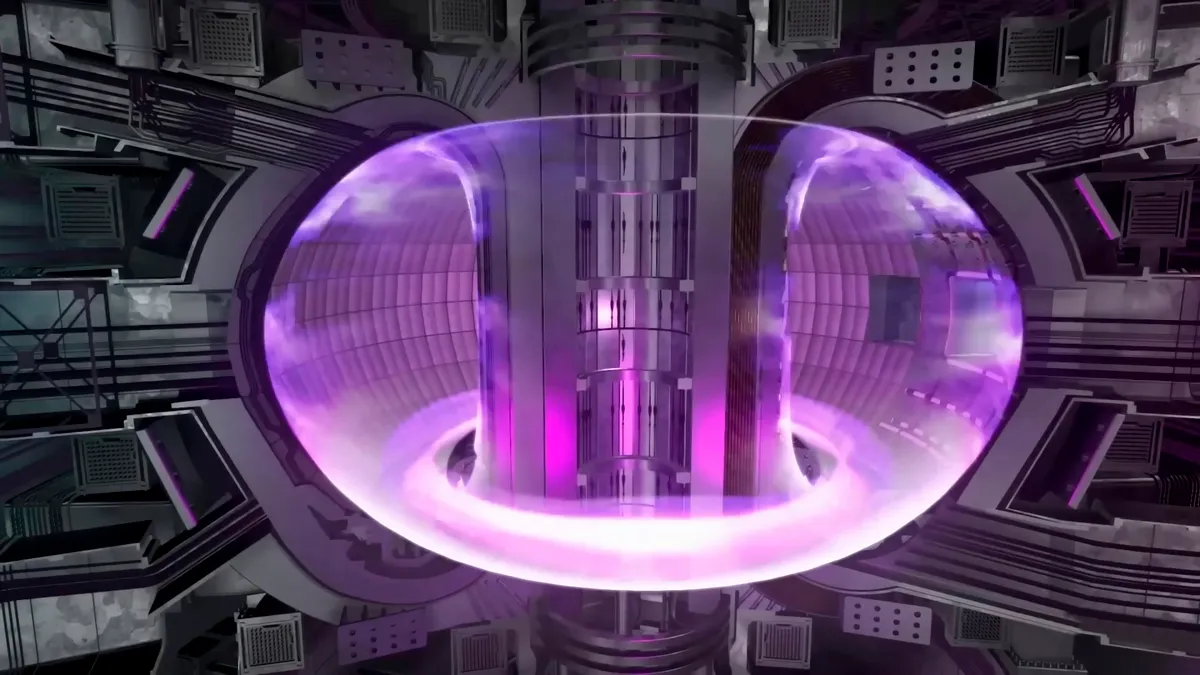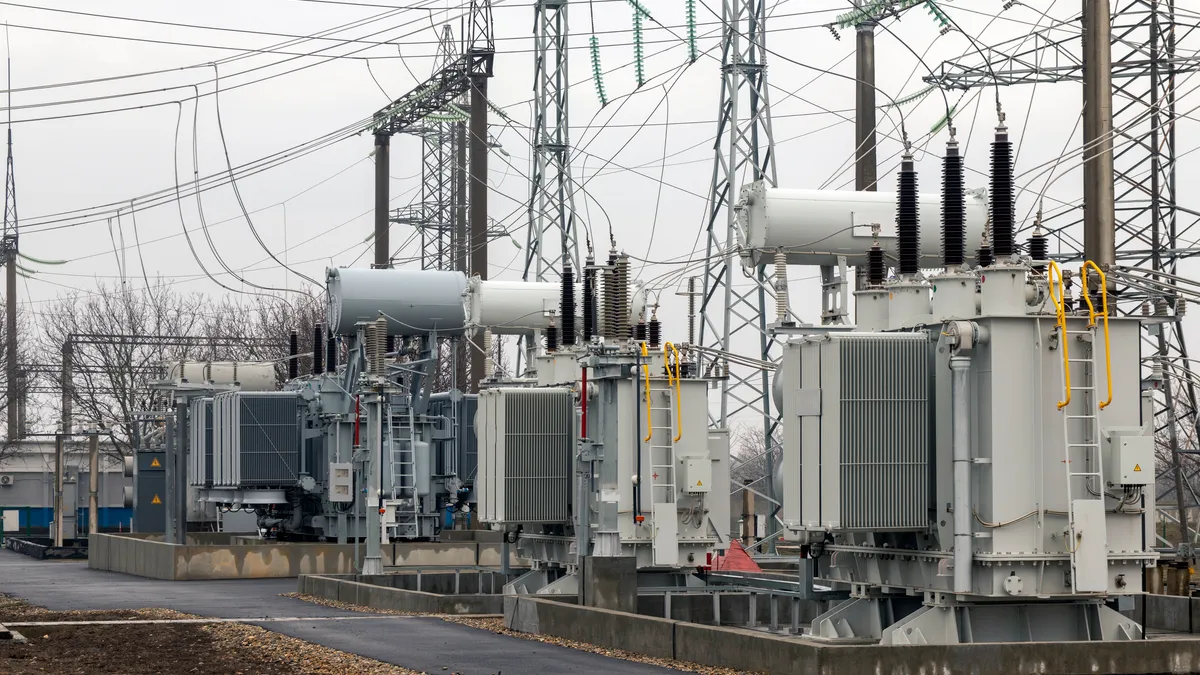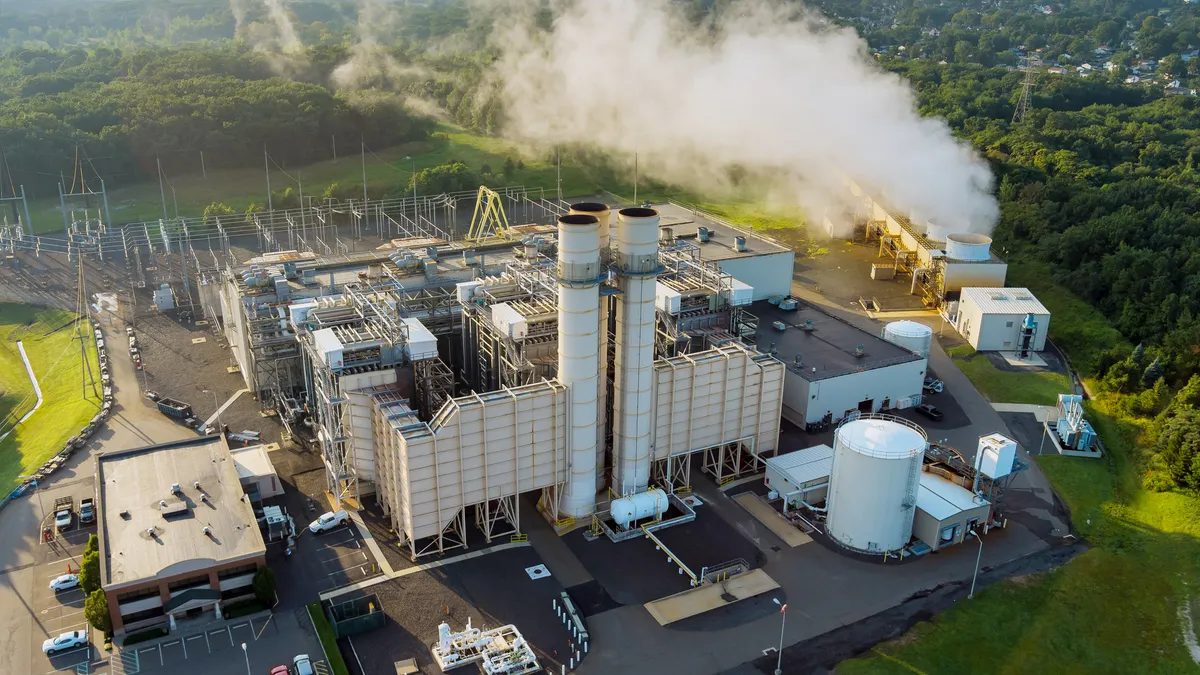The following is a contributed article by Bill Lacivita, a partner in McKinsey & Company’s Atlanta office, and Geoff Olynyk, a senior expert in McKinsey’s Sustainability practice, who co-leads McKinsey’s global Nuclear Fission and Fusion service line.
Power generation accounts for approximately 30% of global greenhouse-gas emissions and carbon-emitting fossil fuels like coal and natural gas account for 61% of power generation. If the world is to meet the goal of net-zero emissions, even as demand for power continues to rise, something has to give.
Variable renewable energy sources like wind and solar have limits. While their costs continue to fall — by 2030 they could be the lowest-cost generation in most markets — they are non-dispatchable, meaning that they generate electricity only when the wind blows or the sun shines. There needs to be baseload power that can match supply and demand in real-time. Ultimately, energy storage could solve this problem, but this is still small-scale and expensive. Other forms of dispatchable zero-carbon energy, such as geothermal or tidal power, are expensive, site-limited and less technologically mature. What is needed, then, is an affordable, scalable, safe and dispatchable zero-carbon generation technology.
We think that nuclear-fusion energy, if and when it works, could be part of the answer. Fusion works by combining light atoms, such as hydrogen, into heavier products, such as helium. The reaction releases enormous amounts of energy, which is then captured and converted into useful electricity by a fusion machine. Fusion creates no carbon emissions and, unlike fission, no long-lived nuclear waste from spent fuel. Because the fuel is slowly metered into the machine, meltdowns or runaway events are essentially impossible.
The potential of fusion has been recognized since the 1950s; skeptics point out that practical fusion energy has been “20 years away for the past 50 years”. Recently, though, fusion has begun to catch up to the hype.
Specifically, 3-D printing allows the complex geometrical shapes of parts required for the walls of fusion machines to be produced at low cost and for designs to be iterated quickly. Rapidly increasing computer capacity has made it possible for simulation codes to represent fusion reactions in greater detail, so predictions about performance can be made without the expense of building large experiments. And rapid digital controls are improving the suppression of the plasma fluctuations that cause energy to leak out of the core fusion reaction. These and other technological advances have created the conditions in which fusion can develop more rapidly.
The progress is promising enough — and the need for zero-carbon energy so urgent — that while public-sector investment remains a major part of the fusion landscape, private investment has surged, with their value nearly tripling in 2021. This increased funding is a combination of traditional technology venture funding; strategic investments by incumbent energy companies, such as Eni’s and Equinor’s investments in Commonwealth Fusion Systems; and seed investments by ultrahigh-net-worth individuals, such as Sam Altman’s 2021 investment in Helion Energy. Access to capital is allowing private companies to construct larger components for fusion machines and to design full-scale prototypes; numerous start-ups hope to operate commercial fusion machines before the end of the 2020s.
The next five to 10 years will be critical. Specifically, here are some milestones that can be expected from private fusion players if fusion is to demonstrate it has a real future, not just endless potential.
Proving that the energy produced exceeds the energy injected into the reaction. The temperatures required to produce energy from a fusion reaction are on the order of 50 million degrees Celsius. The hotter the core of a fusion machine can get, and the more pressure it can withstand without leaking energy, the more net energy it can produce. This level of confinement, long a challenge in achieving net energy gain, is a necessity.
Confirming the component-level performance of various fusion concepts. These include powerful high-temperature superconducting magnets), plasma injectors (such as the P13 injector demonstrated by General Fusion in 2017), radio-frequency heating systems, and new wall materials that can survive the intense heat of a fusion machine’s interior. Successful tests of these major subsystems and components by 2025 would mean that operational prototype plants could be functioning by 2030.
Demonstrating fusion in conditions relevant for power plants. By 2026, we would expect to see at least one player integrating all major subsystems into a functioning prototype. Such a prototype would also make it possible, for the first time, to conduct a feasibility estimate of the costs of a fusion machine’s parts manufacturing and assembly. This would be the first model of a fusion power plant’s economics that could truly inspire confidence.
There are few certainties in life — and fusion is not one of them. But this moment feels different. As a potential source of zero-emission, dispatchable power, fusion could have a big role to play in a carbon-constrained world. Policy makers and industrial leaders should take it seriously, by understanding what fusion can do and updating current regulatory frameworks, which are based on fission.
These are conversations worth having — and worth starting now.






















